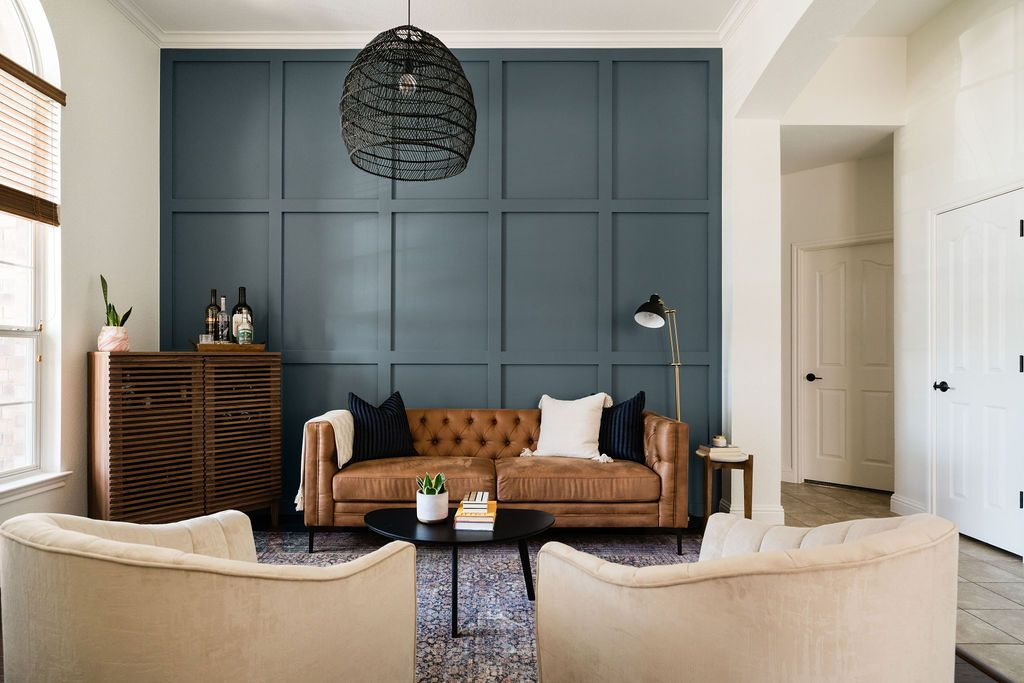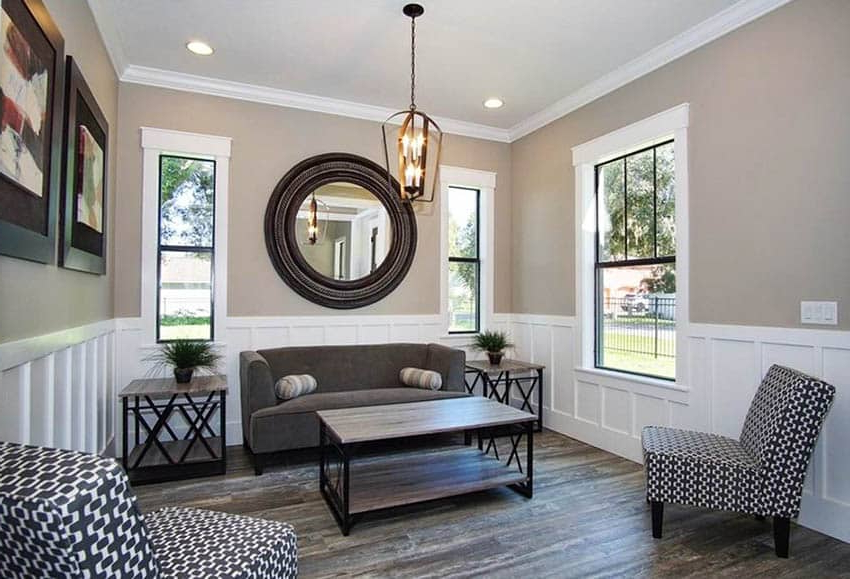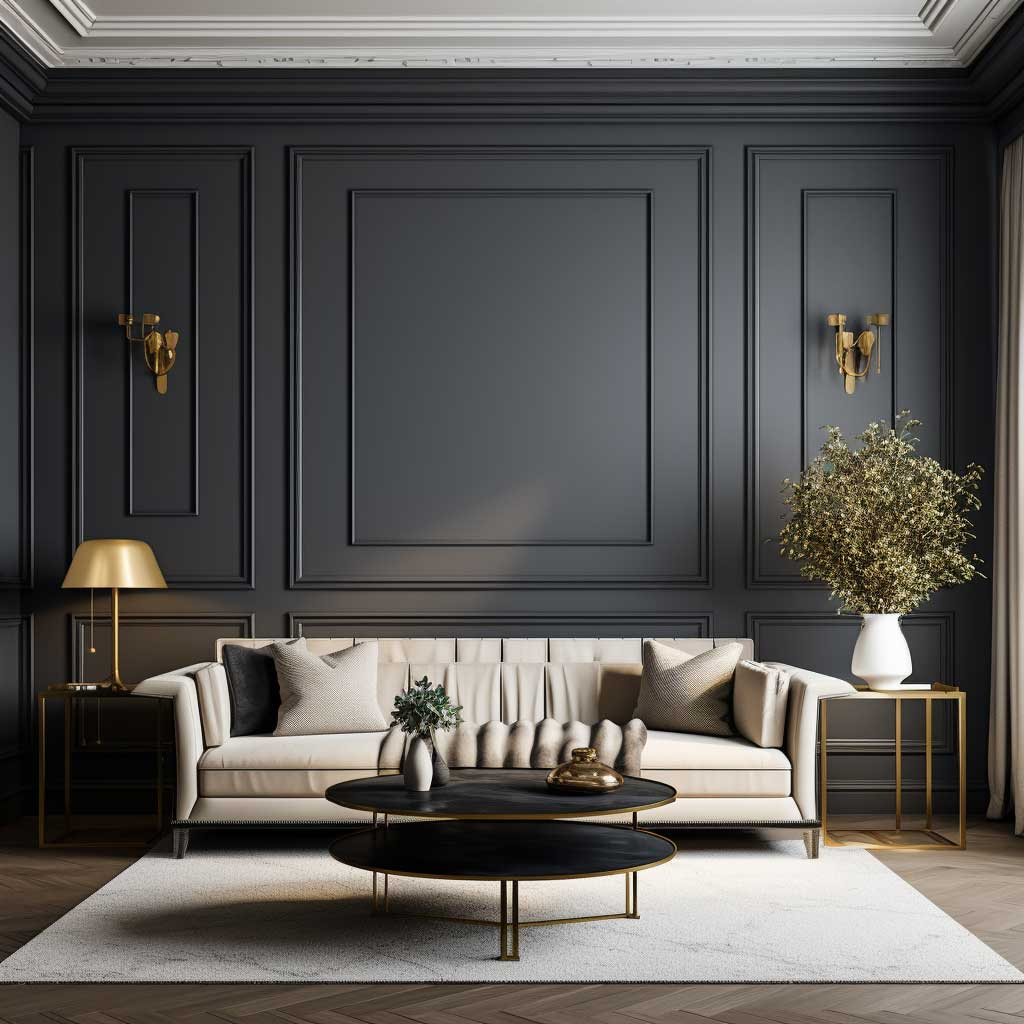Picture this: You walk into a room and immediately feel its presence. Not just the size, but the character, the warmth, the sophistication. That’s the magic wainscoting brings to spaces. It’s not just about adding wood panels or decorative elements – it’s about creating an entire atmosphere. What if we told you that one simple addition could completely change how people experience your home? Welcome to the world of wainscoting solutions.
When it comes to transforming a space, few design elements pack as much punch as wainscoting. It’s that elegant detail that can make a small room feel grander, or a large room feel cozier. Wainscoting isn’t just another trend – it’s a timeless approach to interior design that continues to captivate homeowners and designers alike. Whether you’re renovating a dining room, updating a hallway, or refreshing a bedroom, understanding how to maximize space while maintaining elegance through wainscoting can truly elevate your project. Think about it: how many times have you walked past a room and thought ‘this looks so refined’ – and then realized it was all thanks to some well-placed wainscoting? That’s the power we’re talking about.
Understanding Wainscoting Basics
Wainscoting essentially refers to the decorative wall paneling that covers the lower portion of a wall. This design element has been around for centuries, but it never really went out of style. It’s like the classic little black dress of interior design – always appropriate, always stylish, and always versatile. The beauty lies in its adaptability. You can choose from various materials including wood, MDF, or even vinyl, each offering different textures and finishes. The traditional approach typically involves vertical panels, but modern interpretations offer horizontal options, geometric patterns, and even custom designs that can serve as focal points. Consider how wainscoting can work with your existing architecture. Does your room have high ceilings? Perhaps a full-height wainscoting solution could add visual interest. Are your walls shorter? A mid-level installation might create better proportions.
Space Perception and Visual Impact
Here’s something interesting about wainscoting: it can actually make a room feel bigger or smaller depending on how it’s applied. When done right, wainscoting creates a sense of height through visual lines, making ceilings appear higher. This is especially useful in rooms with low ceilings where you want to draw the eye upward. Conversely, if you’re working with tall walls, strategic wainscoting can add definition and prevent the space from feeling too open and empty. The material choice also matters significantly. Light-colored woods like maple or birch reflect light, helping to brighten a room. Darker woods like walnut or oak create depth and drama. The pattern itself plays a role too. Vertical lines naturally make walls appear taller, while horizontal lines can make a room feel wider. Imagine a narrow hallway with wainscoting – suddenly it feels less confining because the vertical lines guide the eye along the length of the space.
Material Selection and Durability
Choosing the right material for your wainscoting project is crucial. Wood remains the most popular option because of its natural beauty and durability. Solid wood offers the best longevity, though it can be expensive and requires regular maintenance. Plywood and MDF provide excellent alternatives that balance cost and quality. These materials are easier to work with and offer consistent results. Vinyl wainscoting is ideal for high-moisture areas like bathrooms or kitchens, where traditional wood might warp or deteriorate. Modern composite materials combine the aesthetics of wood with the practicality of synthetic materials. They resist moisture, insects, and temperature changes. Consider your lifestyle when choosing materials. If you have children or pets, you might prefer something more resilient. For a formal dining room, solid wood might be worth the investment. In a casual family room, MDF could offer better value for money. Each material brings its own set of advantages and considerations.
Design Options and Styles
The beauty of wainscoting lies in its versatility. You can go traditional with classic paneling, or embrace contemporary styles with sleek, minimalist designs. There are numerous patterns to explore: raised panels, flat panels, beadboard, and even custom shapes. Some homeowners opt for full coverage wainscoting that runs from floor to ceiling, creating a dramatic effect. Others prefer partial installations that add interest without overwhelming the space. The choice often depends on the room’s function and your personal taste. A formal living room might benefit from ornate raised panels that add sophistication. A modern kitchen could feature clean, simple lines that complement contemporary cabinetry. The key is to match the wainscoting style with the overall aesthetic of the room. Sometimes, a subtle change in wood grain or finish can completely transform a space’s mood. Think about how a simple update to your wainscoting could refresh an entire room without requiring major renovations.
Installation Techniques and Professional Tips
Installing wainscoting properly can make all the difference between a beautiful result and a disappointing outcome. The process involves measuring carefully, cutting precise pieces, and ensuring everything aligns correctly. Many people attempt DIY installations, but professional help often yields better results, especially for complex patterns or unusual dimensions. Start by measuring your walls accurately, taking note of any irregularities or obstacles like outlets or windows. Planning ahead helps avoid costly mistakes later. The type of wainscoting affects installation methods. Panel systems often require less precision than custom-cut pieces. Pre-finished materials save time compared to painting or staining. Professionals know how to handle tricky situations like uneven walls or difficult angles. They also understand how to ensure proper alignment and secure fastening. If you’re doing it yourself, invest in quality tools and take your time. Rushing leads to visible imperfections that can be frustrating to fix later. Remember, the goal is not just to install the panels but to make them look seamless and intentional.
Practical Benefits Beyond Aesthetics
Beyond looking beautiful, wainscoting offers several practical advantages that make it worthwhile. It protects walls from damage caused by furniture, cleaning supplies, or daily wear and tear. This is particularly important in high-traffic areas like hallways or entryways. The panels act as a barrier between your walls and potential impact. They’re also surprisingly effective at hiding minor imperfections in wall surfaces. Small cracks, dents, or paint issues can be masked by the paneling. This makes wainscoting especially useful in older homes where wall conditions might not be perfect. Additionally, wainscoting can help insulate walls slightly, contributing to better temperature regulation. It provides a surface for mounting picture frames, shelves, or other decorative elements. Many homeowners discover that their wainscoting becomes a canvas for displaying artwork or collections. The added dimension also improves acoustics in larger spaces, reducing echo and improving sound quality. These benefits show that wainscoting is more than just decoration – it’s a functional improvement to your living environment.
Wainscoting represents the perfect marriage of form and function in interior design. It’s a solution that addresses both the visual and practical needs of any space. From creating the illusion of height to providing protection for walls, it offers benefits that extend far beyond its aesthetic appeal. Whether you’re planning a complete renovation or simply want to refresh a single room, wainscoting gives you the tools to make a significant impact. The key is understanding how to use it strategically – choosing the right materials, patterns, and installation methods for your specific situation. As you consider your next design project, remember that sometimes the most powerful transformations come from the smallest details. Wainscoting might seem like a simple addition, but it can completely redefine how a space feels and functions. So why not start exploring how this timeless element could work in your home today? You might be surprised by how much it can accomplish.















